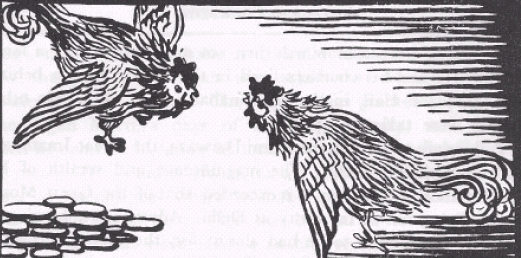Shuja-Ud-Doulah
(Created page with "{| class="wikitable" |- |colspan="0"|<div style="font-size:100%"> This is a collection of articles archived for the excellence of their content.<br/>You can help by converting...") |
(→Shuja-Ud-Doulah) |
||
| Line 36: | Line 36: | ||
=Shuja-Ud-Doulah= | =Shuja-Ud-Doulah= | ||
| − | + | ''' 1753-1775 ''' | |
Safdar Jang Was Succeeded | Safdar Jang Was Succeeded | ||
Revision as of 17:15, 24 February 2014
This is a collection of articles archived for the excellence of their content. Readers will be able to edit existing articles and post new articles directly |
This article was written in 1939 and has been extracted from
HISTORIC LUCKNOW
By SIDNEY HAY
ILLUSTRATED BY
ENVER AHMED
With an Introduction by
THE RIGHT HON. LORD HAILEY,
G.C.S.I., G.C.I.E.
Sometime Governor of the United Provinces
Asian Educational Services, 1939.
Shuja-Ud-Doulah
1753-1775
Safdar Jang Was Succeeded on the throne by his son Shuja-ud-Doulah, famed far and wide for his good looks and military talents which were augmented by Herculean strength. Yet from a full length portrait, judged by modern standards, he would not be deemed an Adonis. His face was long, with fat cheeks terminating in deep lines from nostril to mouth.
A pair of moustaches, which on each side measured some four inches in length, added to his mien an air of ferocity already imparted by a pair of sharp, close-set eyes. Fashions had changed from his father’s day. Although he still wore a full skirt, it was shortened to the calf, showing a pair of top boots. The cut-away coat was trimmed with fur. He wore many fine jewels. His head-dress appears to have been made of fur, secured with a circlet of precious stones. He carried a long thin sword.
About 1760, Shuja-ud-Doulah was made Wazir of the Delhi Empire by the Emperor Shah Alam, thus carrying on the family tradition. He joined forces with the Emperor to march against the British in the name of Mir Kasim, who had been displaced from the office of Governor of Bengal. In November 1763, Mir Kasim had fled to Oudh, where Shuja-ud- Doulah accorded him a warm welcome. At the battle of Buxar on October 25, 1764, however, they were heavily defeated by the Company’s troops under the command of Major Hector Munro.
This battle finally established the supremacy of the East India Company to whom Shuja-ud-Doulah had to surrender. The Company did not then wish to extend its sphere of jurisdiction, and so in 1765 a treaty was concluded at Allahabad by which the Nawab was reinstated in his province with the exception of the districts of Allahabad and Korah. The Company declared that it would assist him with such forces as the exigencies of his affairs might require, but that should such occasion arise, all attendant expenses would be borne by the Nawab-Wazir. This treaty was the result of a personal interview between Lord Clive and Shuja-ud-Doulah. Gradually the state grew more and more dependent upon the military assistance of the East India Company.
As the French menace grew increasingly acute, Oudh clung the closer to her strong English ally; although in 1775 Warren Hastings wrote that under certain conditions nothing could prevent the Marathas laying waste the province of Oudh, in spite of attempts of the European soldiery to stop them. Opinions have been expressed that the East India Company treated Oudh badly by ignoring various treaty clauses, but the fact is that it was doing its best to combat the French, and actually it supported, Shuja-ud-Doulah loyally.
In 1768 the Nawab agreed to keep an army of a strength not exceeding 35,000 men. Five years later Mr. Nathaniel Middleton was appointed as the first British Resident in Oudh, thus virtually asserting British supremacy. At the same time a brigade, consisting of two European and six sepoy battalions and a company of Artillery, was sent to Oudh and maintained at the Nawab’s expense. The troops were stationed at Faizpur Kampu, between two and three miles from Belgram. In 1781, long after the barracks had disappeared, the names persisted in the fields, which were still called the Kamsariat (provisions), Kabarahar (cemetery) and Gendkhana (cricket ground).
Shuja-ud-Doulah lived in Fyzabad where he died in 1775 at the early age of forty-six, There he was buried beneath an imposing mausoleum. Latterly he had lived in Lucknow, as being more central, but it was left to his successors finally to transfer the capital city there from Fyzabad.
